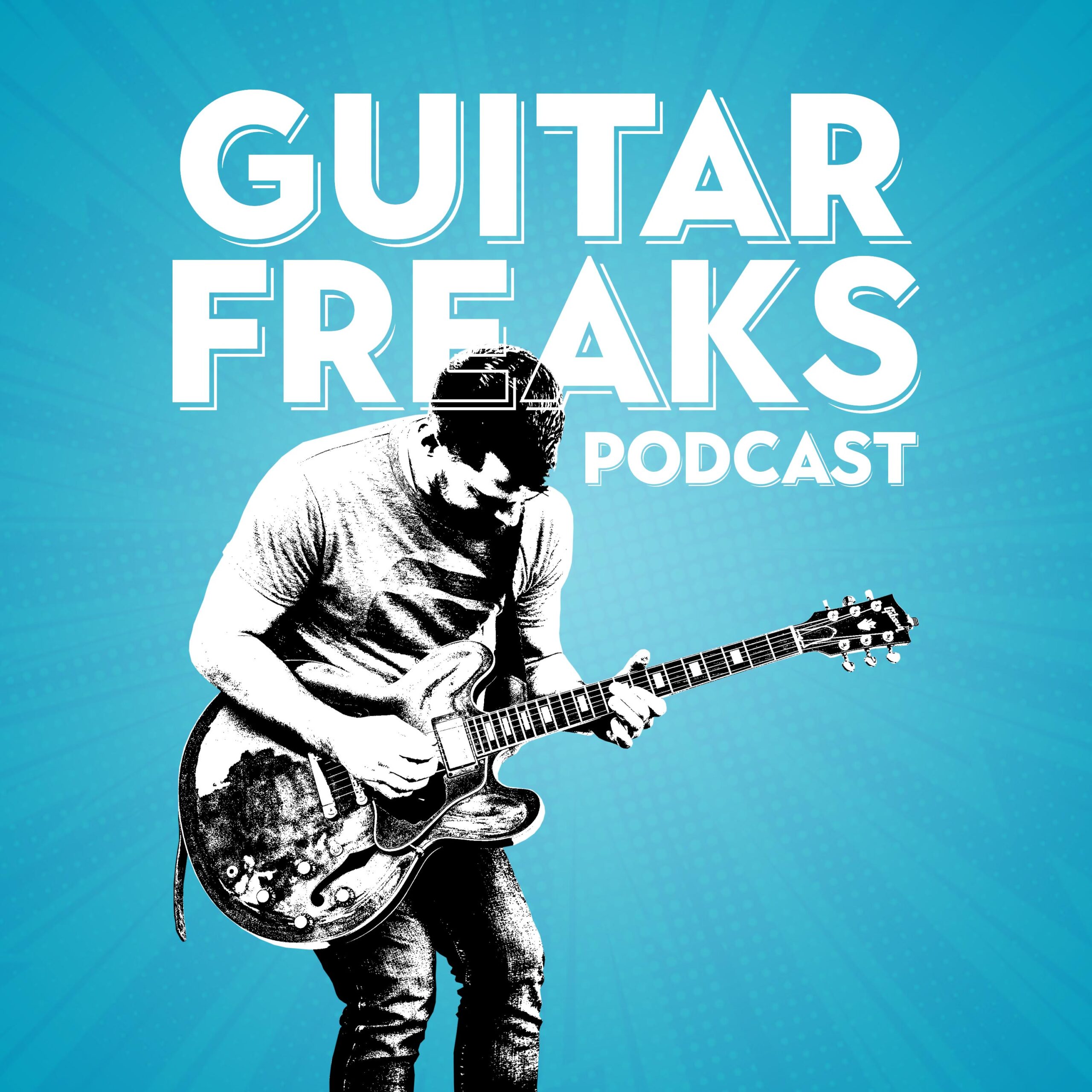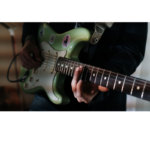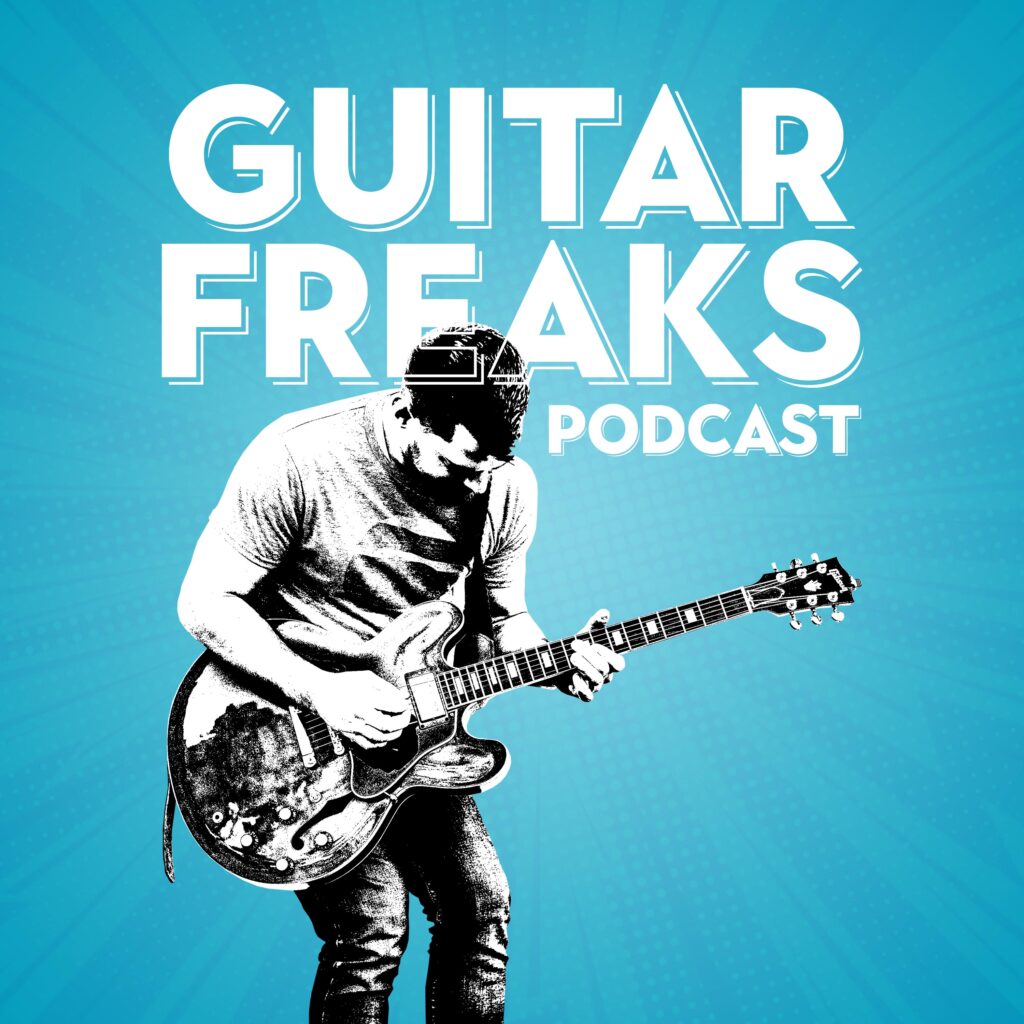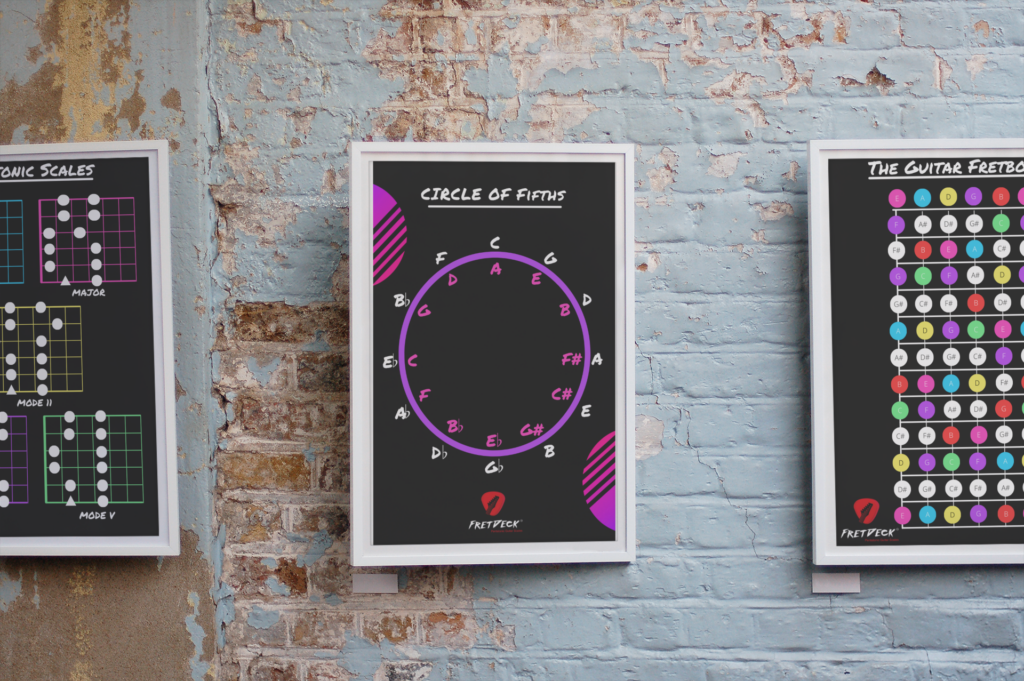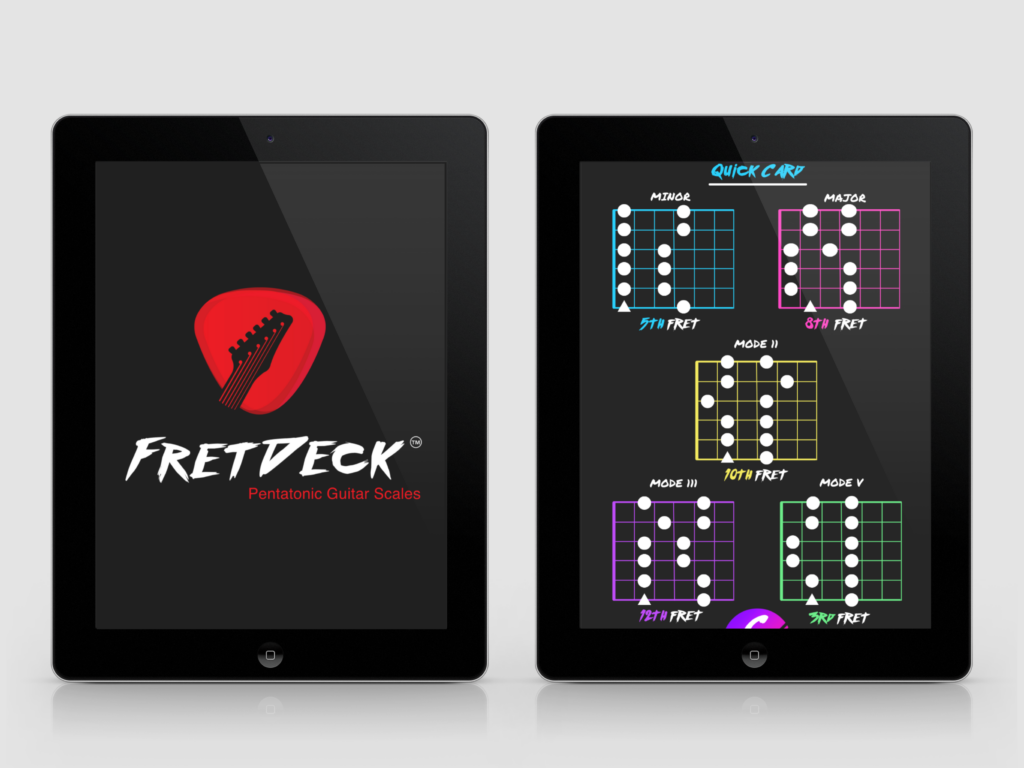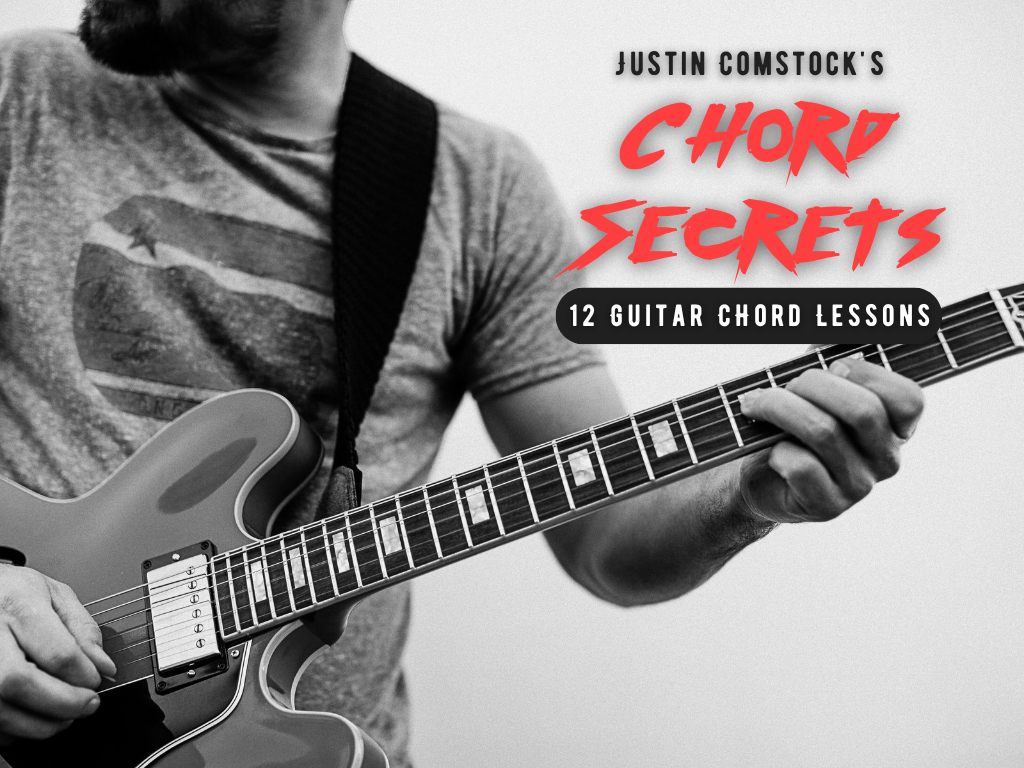Ever feel like your solos are stuck in a rut? Like you’re just running scales with no direction or emotion? If that sounds familiar, it’s time to explore the power of guitar arpeggios shapes. These shapes are essential tools that help you connect with the harmony, craft melodic phrases, and play with clarity and purpose.
Whether you play blues, jazz, or rock, learning a few core arpeggio shapes can completely transform your approach to soloing and rhythm.
Why Every Guitarist Should Know Guitar Arpeggios Shapes
Great players don’t just play notes—they outline harmony. Arpeggios let you do exactly that. Instead of guessing your way through a progression, these shapes give you a map of the chord tones right under your fingers.
Here’s why they matter:
- 🎯 Target Chord Tones: Root, 3rd, 5th, 7th—these tones define the chord and sound musical.
- 🎸 Break Out of Scale Boxes: Arpeggios encourage horizontal and diagonal movement across the fretboard.
- 🧠 Improve Fretboard Visualization: They reveal how chords and scales overlap.
- 🎼 Create Meaningful Solos: When you play the harmony, your solos sound more intentional and melodic.
Want to improve your fretboard knowledge? Check out our guide on the CAGED guitar system.
5 Must-Know Guitar Arpeggios Shapes for Soloing
Let’s break down the five most essential shapes you can practice and use over common chord types.
🎵 1. Cmaj7 Arpeggio (Root on 6th String)
e|----------------7-8----|
B|------------8----------|
G|--------9--------------|
D|----9------------------|
A|--10-------------------|
E|8----------------------|
This shape outlines the notes of a Cmaj7 chord—C, E, G, B. Try it over mellow progressions or jazz ballads.
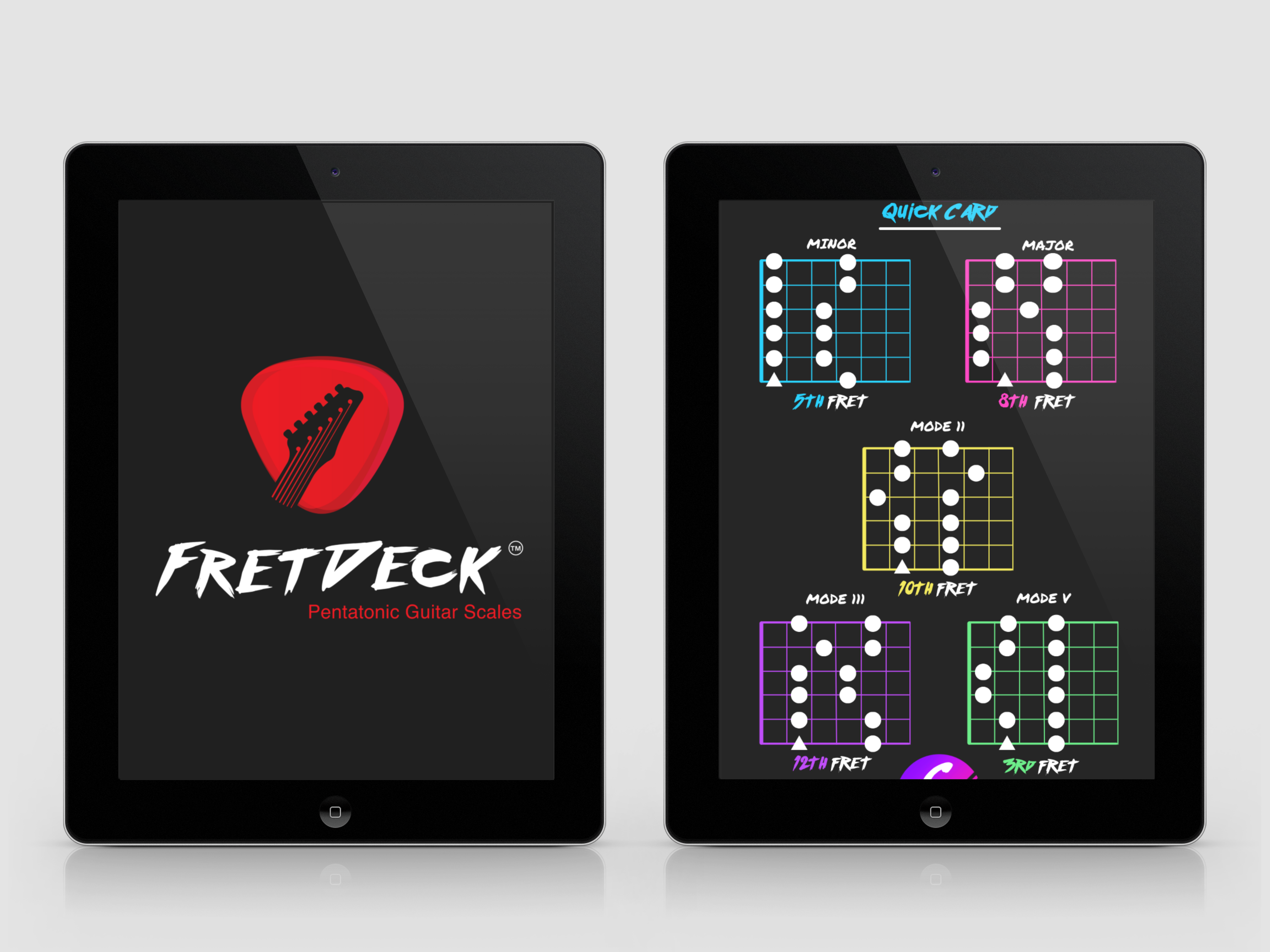
Download The FretDeck & Pentatonic Secrets Course!
Download Our Course
🎵 2. Am7 Arpeggio (Root on 5th String)
e|----------------12-13--|
B|------------13---------|
G|--------12------------|
D|----14----------------|
A|12--------------------|
E|----------------------|
This shape gives you A, C, E, and G—ideal for minor grooves, funk jams, or modal soloing. Need help with this chord? Here’s a full lesson:
👉 Am Guitar Chords: 7 Ways to Master the A Minor Chord
🎵 3. G7 Arpeggio (Root on 6th String)
e|----------------5-6----|
B|------------6----------|
G|--------4--------------|
D|----5------------------|
A|--5--------------------|
E|3----------------------|
Use this shape to add grit and soul over dominant 7 chords, especially in blues turnarounds or jazz V chords.
🎵 4. Dm7 Arpeggio (Root on 5th String)
e|----------------5-6----|
B|------------6----------|
G|--------5--------------|
D|----7------------------|
A|5----------------------|
E|-----------------------|
A go-to shape for minor 2 chords in ii–V–I progressions. Learn to transition this into the G7 arpeggio for smooth voice leading.
🎵 5. Bdim7 Arpeggio
e|----------------5-6----|
B|------------6----------|
G|--------4--------------|
D|----6------------------|
A|--5--------------------|
E|-----------------------|
This symmetrical shape is a goldmine for jazz and fusion. Use it for tension, tritone substitutions, or diminished runs.
How to Practice Guitar Arpeggios Shapes Without Getting Bored
To get the most out of these patterns, practice with intention. Here’s a simple three-part method:
✅ 1. Map Each Shape Across the Neck
Use the CAGED system to locate the same arpeggio in five positions. It builds fretboard awareness.
✅ 2. Apply Voice Leading
Move between arpeggios using the closest available tone. For example, go from Cmaj7 to Am7 by sliding from B (maj7) to C (root).
✅ 3. Solo With Only Arpeggios
Use a backing track and restrict yourself to chord tones only. This forces phrasing and musical thinking.
Take It Further: Add Extensions and Connect Shapes
Once you’re confident with the basics, start adding 9ths, 11ths, and 13ths to your shapes. This gives you new melodic options and spice.
Example:
- Cmaj9 = C – E – G – B – D
- Am11 = A – C – E – G – D
You can also connect arpeggio shapes horizontally for fluid motion across the fretboard.

Download The FretDeck & Pentatonic Secrets Course!
Download Our Course
Final Thoughts: Make Guitar Arpeggios Shapes Part of Your Voice
The more fluent you become with arpeggios, the more your playing will sound like music—not exercises. These shapes help you speak the language of harmony on the guitar.
🎯 Action Steps:
- Practice 5 core arpeggios daily for 10 minutes
- Compose one solo using only chord tones
- Join our Guitar Freaks Hangout Discord to share your progress
- Download our free SoloCraft ebook for arpeggio soloing strategies
👉 Am Guitar Chords: 7 Ways to Master the A Minor Chord
Want to see these ideas in action? Watch Adam Levy’s arpeggio masterclass on TrueFire.
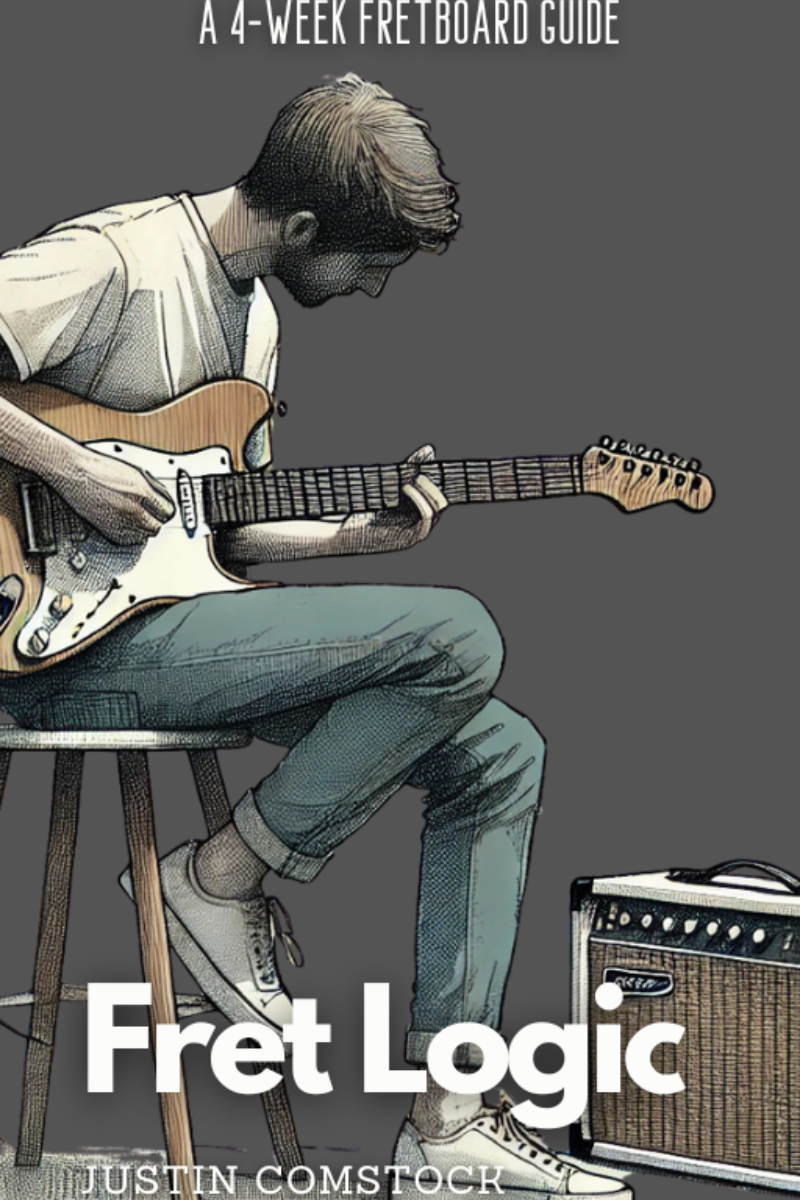
Join Guitar Freaks Hangout on Discord! 🎸
Get Fret Logic FREE!
Join the Guitar Freaks Hangout Discord and get exclusive access to my entire e-book, Fret Logic! Master the fretboard and elevate your solos with this comprehensive guide.
👉 Don’t miss out—join now and download your free copy!
